From Orphan to Fashion Queen: How Chanel Created Her Legend
In 2024, Chanel once again captivated the fashion world—its new collection showcased at Paris Fashion Week demonstrated how the brand masterfully balances tradition and innovation. Each collection feels like a revisiting of Chanel’s legendary story, with her design philosophy still leading trends today. What exactly allowed this designer, who rose from poverty, to perfectly blend personal style with the spirit of the times, creating a fashion legend that spans centuries? Today, let’s unveil the legendary story of Coco Chanel (August 1883 – January 1971) and explore how she transformed from an unknown figure into the queen of fashion.
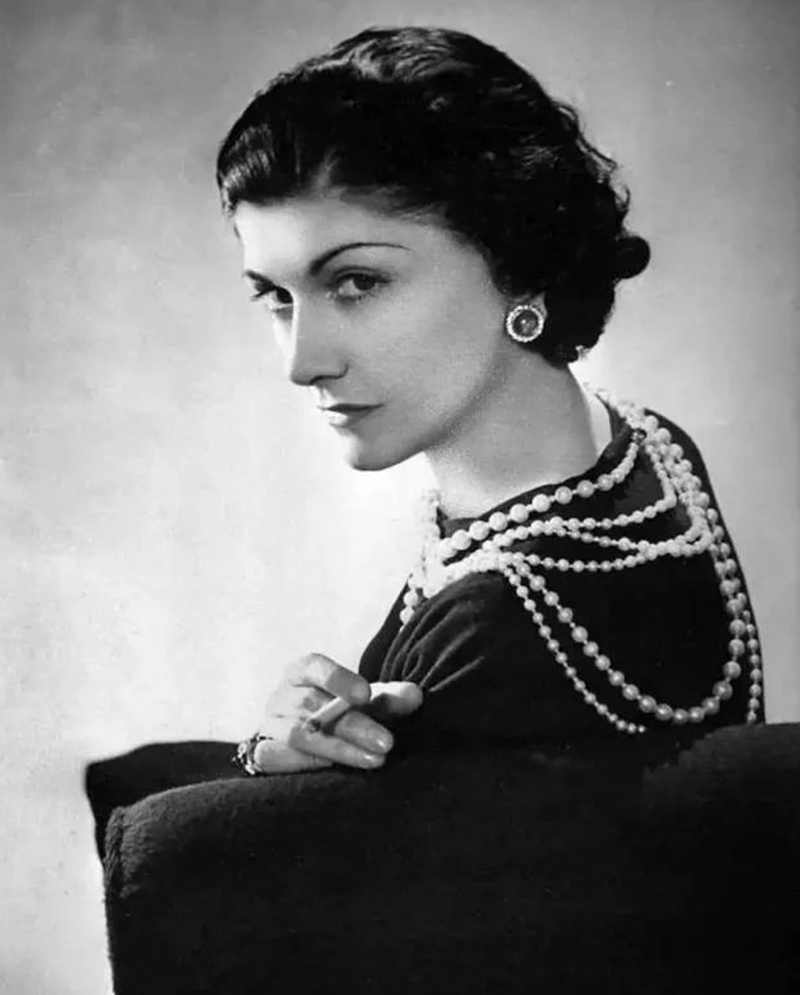
Coco Chanel
Image source: CHANEL Official Website
The Extraordinary Story of Chanel
Chanel’s story began in 1883, when she was born into a poor family in Saumur, France. The death of her mother and abandonment by her father meant she experienced extreme hardship from a young age. In 1895, Chanel and her sister were sent to the Aubazine Convent. There, she not only learned sewing but also developed resilience and self-reliance in the harsh environment. The convent’s austere lifestyle and religious symbols deeply influenced her design philosophy—elements such as diamonds, stars, and the Maltese cross were inspired by her time at the convent.
In 1902, after leaving the convent, the young Chanel became a seamstress and performed as a singer at night. During her time on stage, she learned to observe and analyze men’s clothing designs. This experience laid the foundation for her future work, as Chanel’s designs would merge the comfort of men’s clothing with the elegance of women’s fashion.
Chanel’s fate changed when she met Étienne Balsan, a horseman whose pursuit of her introduced her to high society. Inspired by the freedom and comfort of horse-riding attire, she rejected traditional women’s clothing in favor of comfortable and liberating garments, a principle that would later define her design style.
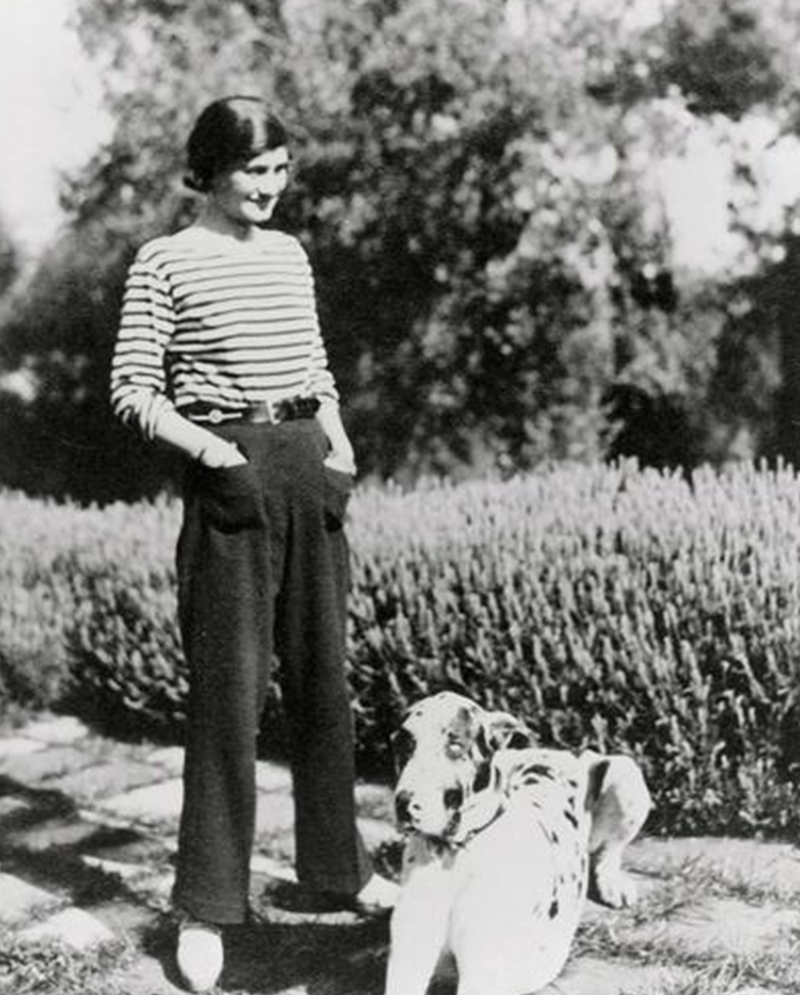
However, Chanel’s true turning point came when she decided to become independent. Motivated by Étienne Balsan’s rejection and the departure of Boy Capel, she left the estate with her hats and sought new opportunities in Paris. With Capel’s support, she opened her first hat shop in 1910. In the Paris fashion scene, her minimalist and refined designs quickly gained recognition, and the Chanel brand was born.
The Evolution of the CHANEL Brand
Chanel's brand went through several significant historical phases. In the 1920s, Chanel introduced the little black dress, revolutionizing women’s fashion by freeing them from corsets and offering unprecedented comfort and freedom. Her designs were not just a rebellion against tradition but also an advocacy for women’s liberation. From the very beginning, Chanel’s design philosophy embodied modernity, youthfulness, simplicity, practicality, and rationality—principles that continue to influence the fashion world today.
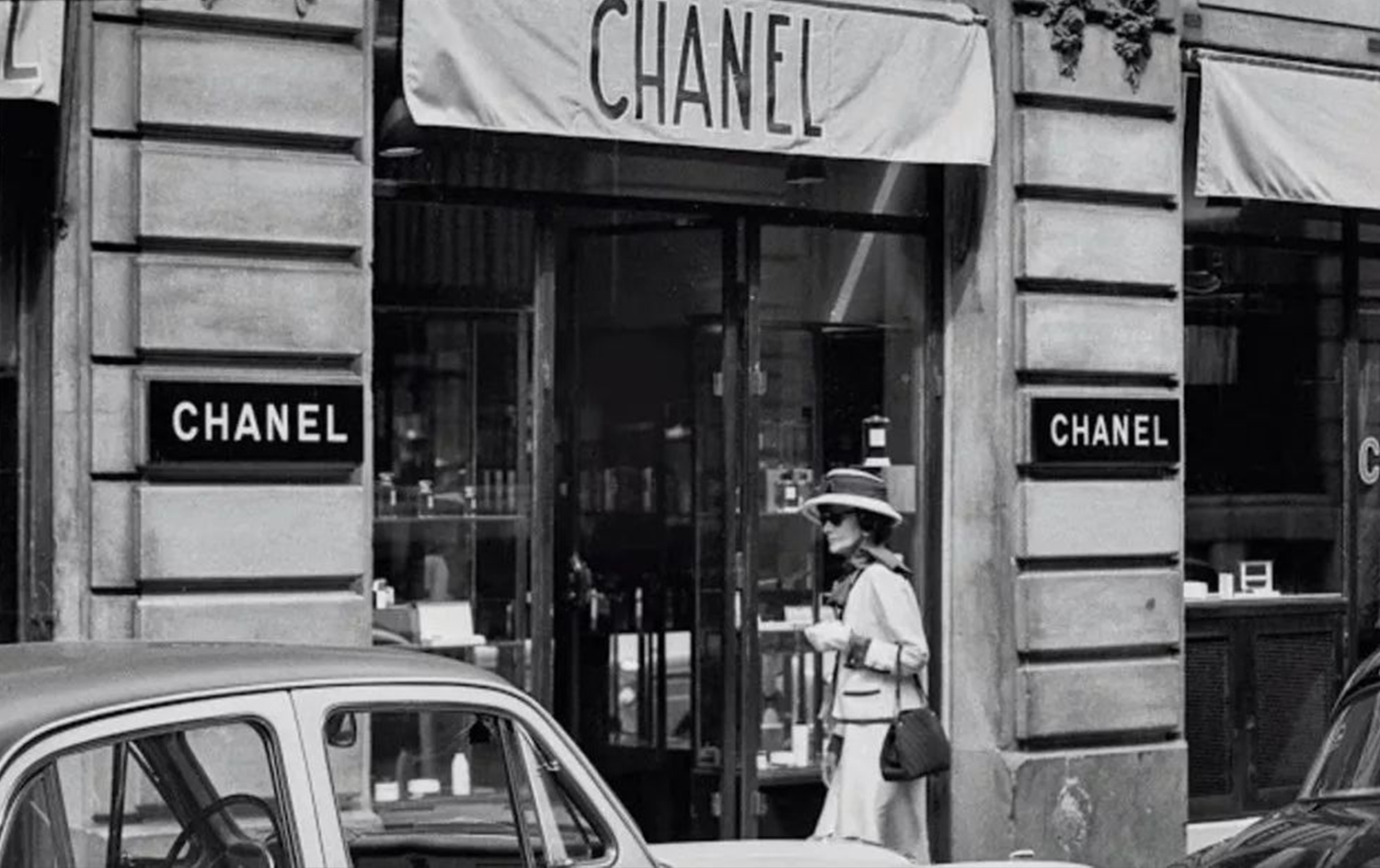
In the latter half of the 20th century, Karl Lagerfeld took over as the creative force behind Chanel. He fused Chanel’s classic elements with modern styles, continuing to drive the brand forward. During the Lagerfeld era, Chanel not only retained its core spirit but also introduced more modern designs, such as the Première watch and the Bijoux de Diamants jewelry collection, reflecting the rising status of women in the workplace and society.
Chanel’s Iconic Symbols and Classic Products
Chanel’s double-C logo, black-and-white color scheme, and the legendary Chanel No. 5 perfume are the brand’s most recognizable symbols. The double-C logo, inspired by the stained-glass motifs of the convent, is simple yet powerful.

The story behind Chanel No. 5 is a century-old legend. Famously endorsed by Marilyn Monroe, who once said, “I only wear Chanel No. 5,” this perfume was the result of Chanel’s bold decision to collaborate with Ernest Beaux, a Russian court perfumer. The fragrance, designed to smell “like a woman,” became a symbol of modern femininity.
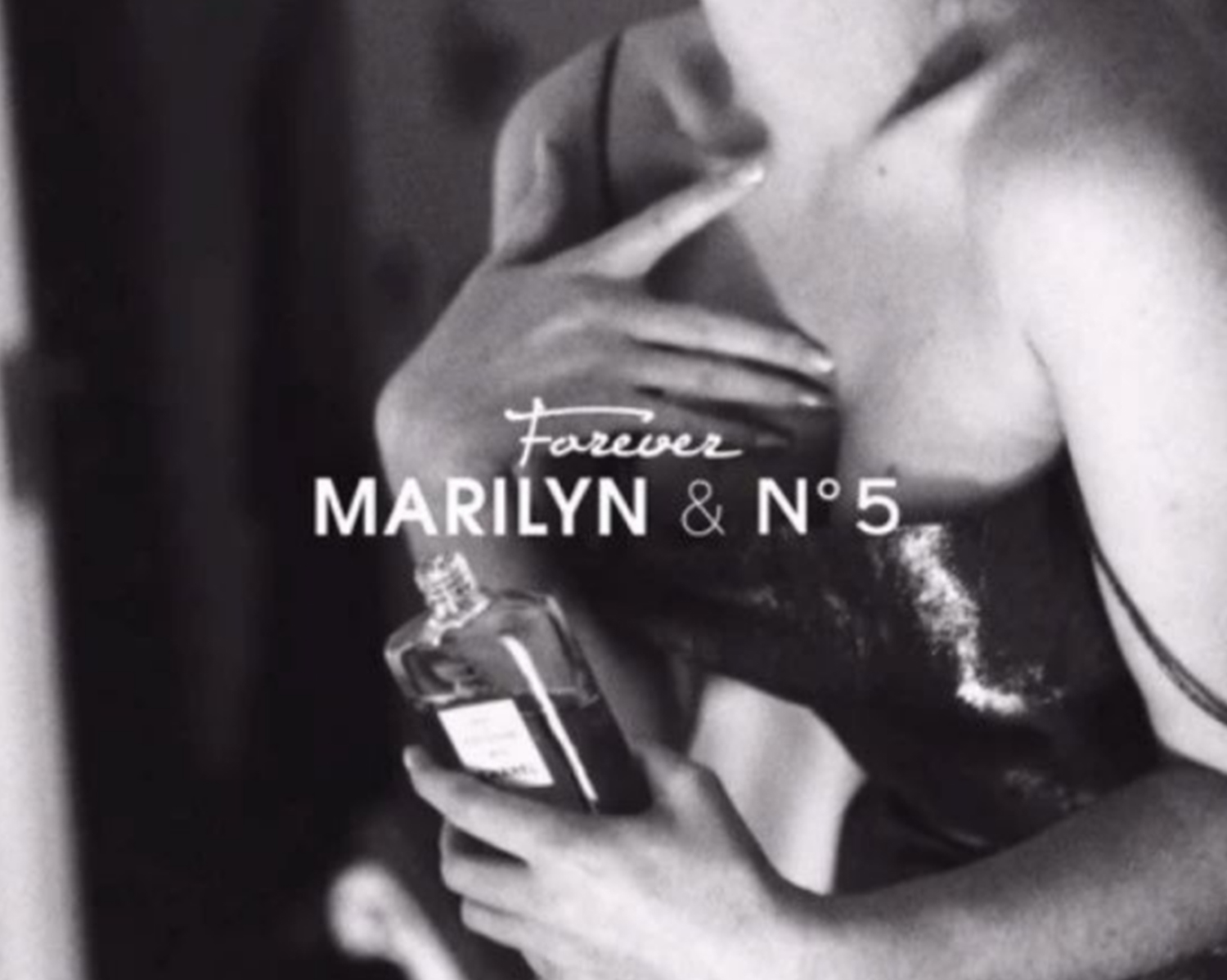
Classic products such as the little black dress, tweed suit, and Breton striped shirt not only set standards in the fashion world but also became essentials in women’s wardrobes. Chanel’s two-tone shoes and 2.55 handbag have also left a lasting impact. The two-tone shoes, with their black tips and beige bodies, accentuate a woman’s elegance and slenderness, while the 2.55 handbag, with its chain strap, freed women’s hands, becoming an enduring fashion icon.
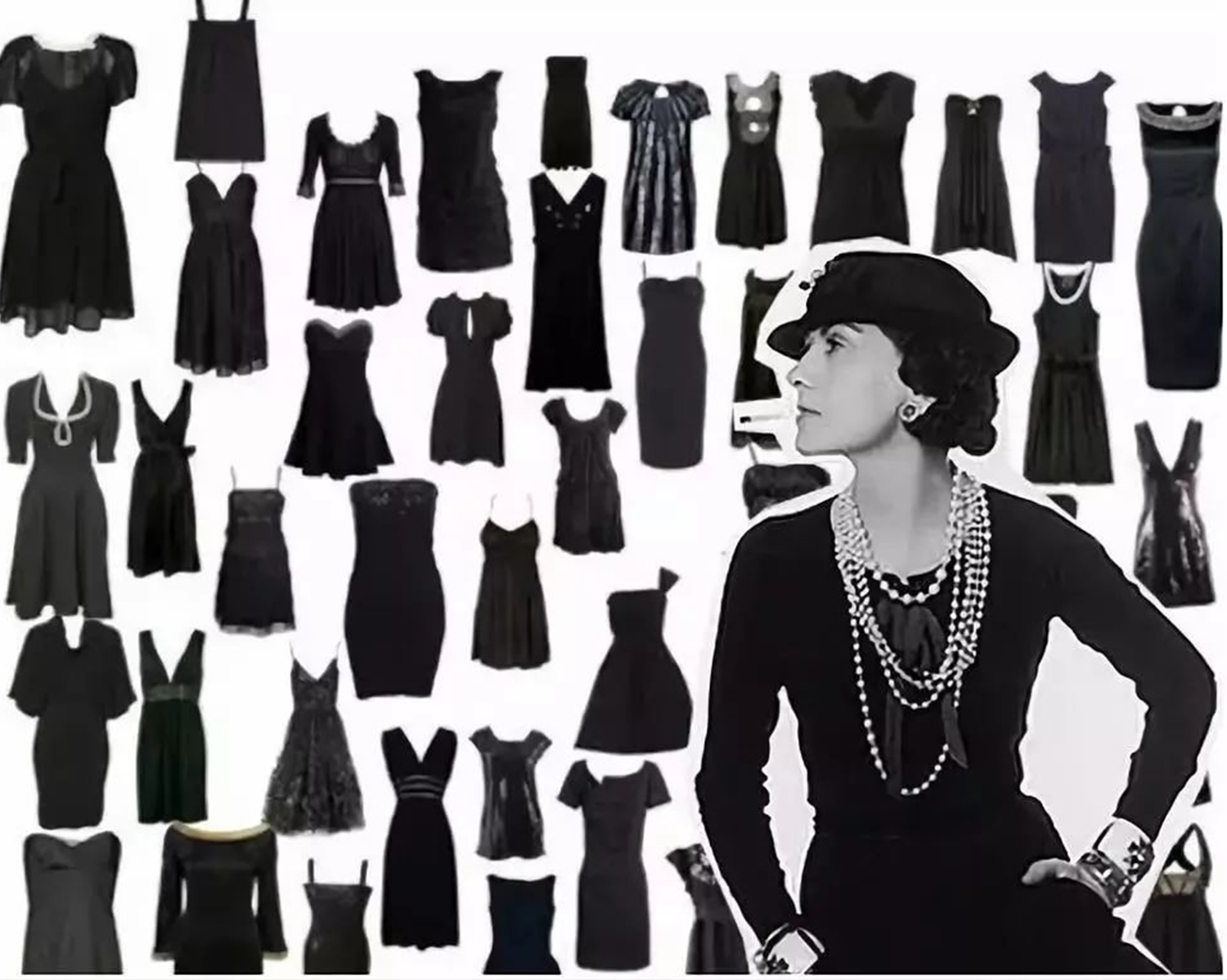
Conclusion
From orphan to fashion queen, Chanel’s story is not only a celebration of personal perseverance but also an eternal declaration of female independence and self-expression. Through her designs, she broke the constraints of her time, allowing every woman to find her own style and confidence. Chanel’s legend lies not only in her creations but also in her spirit—a spirit of fearless innovation and self-pursuit that continues to inspire each of us.